Many scientists have made many researches in the field of botany. A brief description of these is given below.
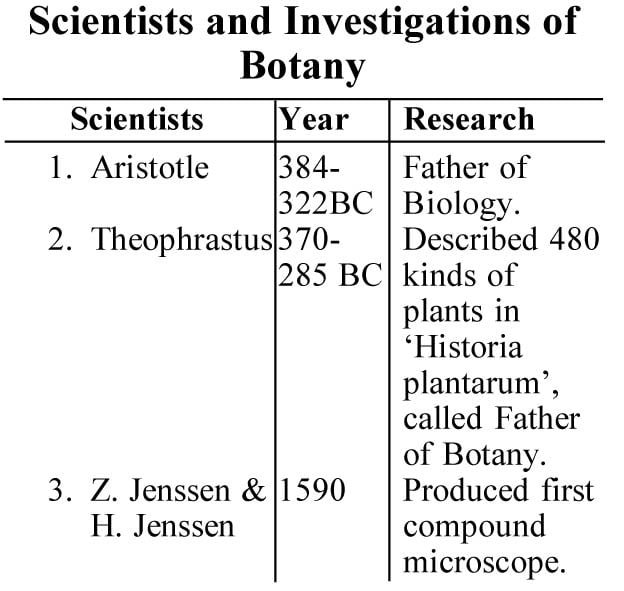
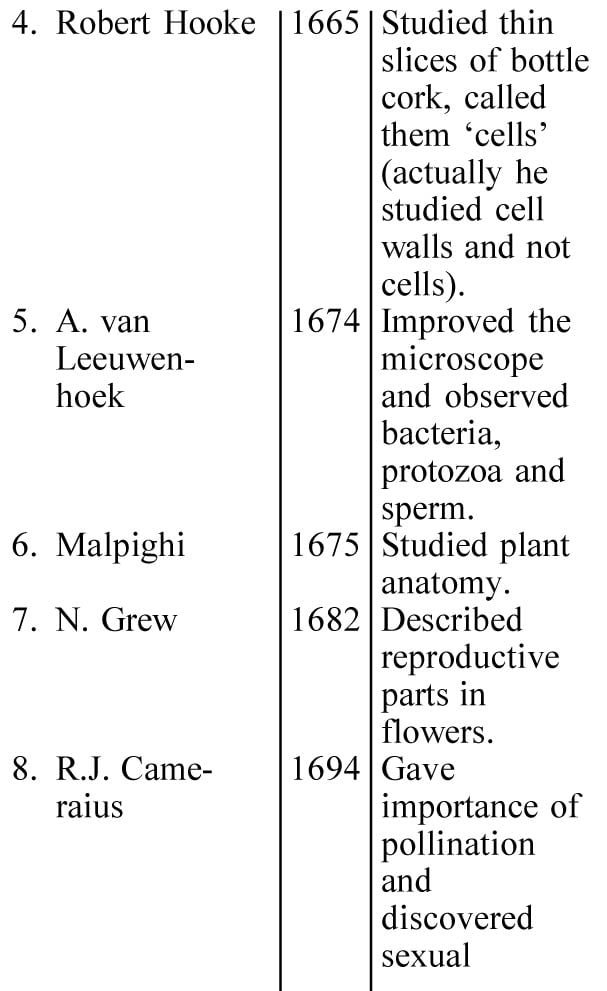






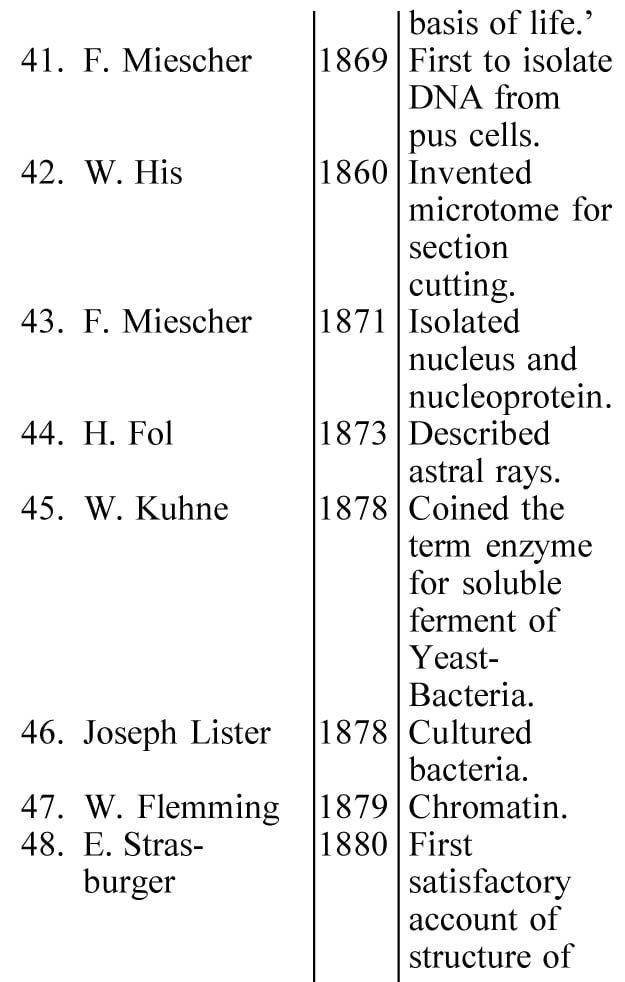
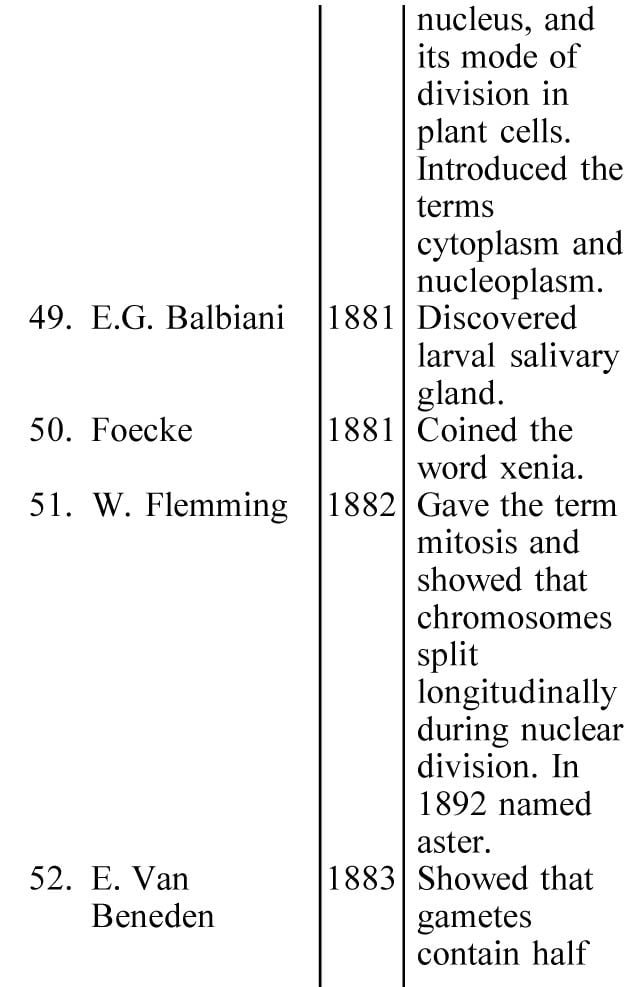


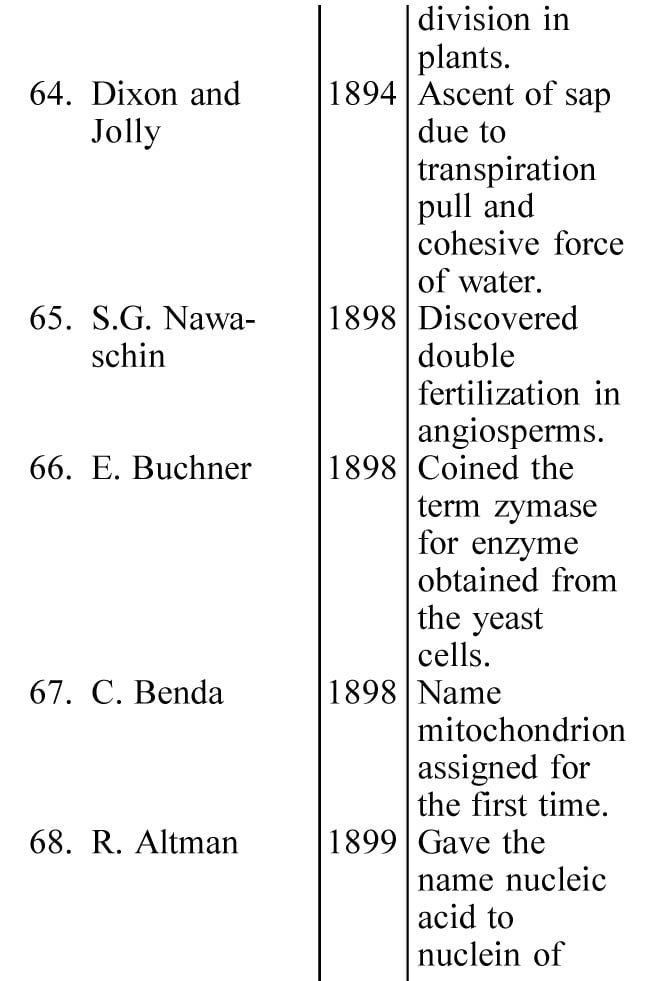
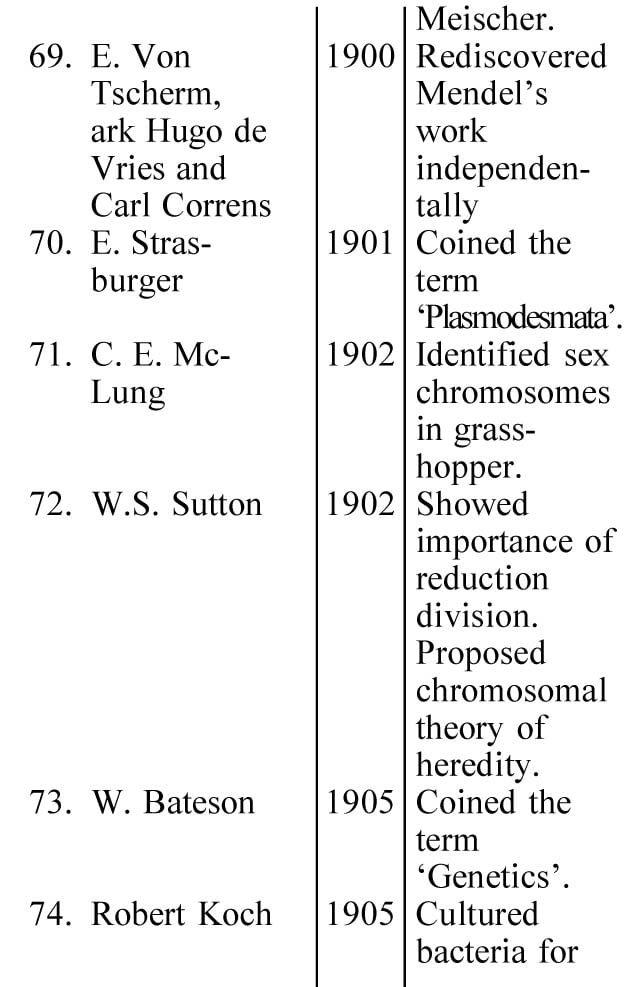
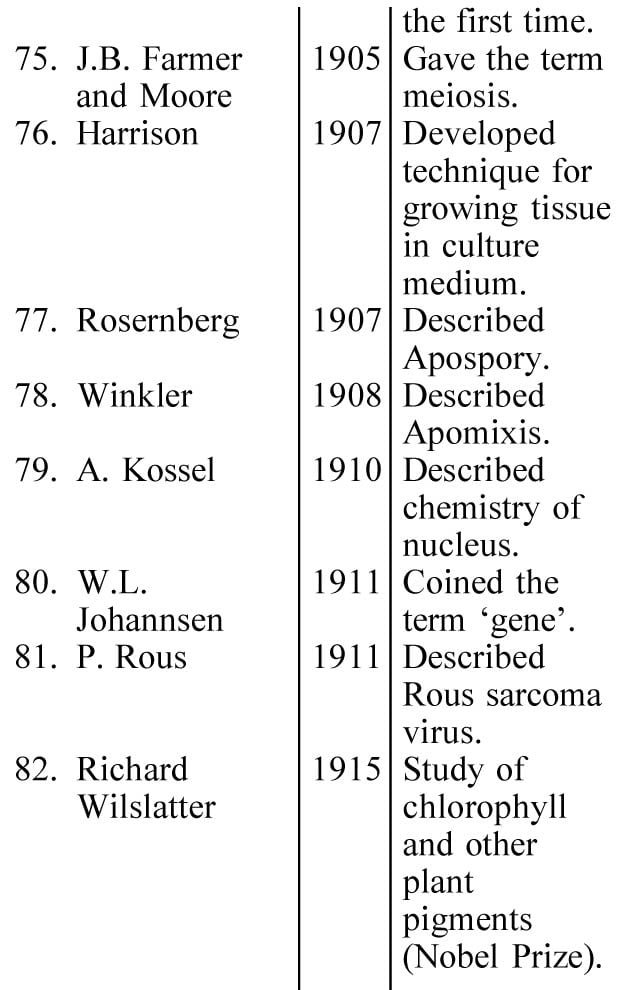
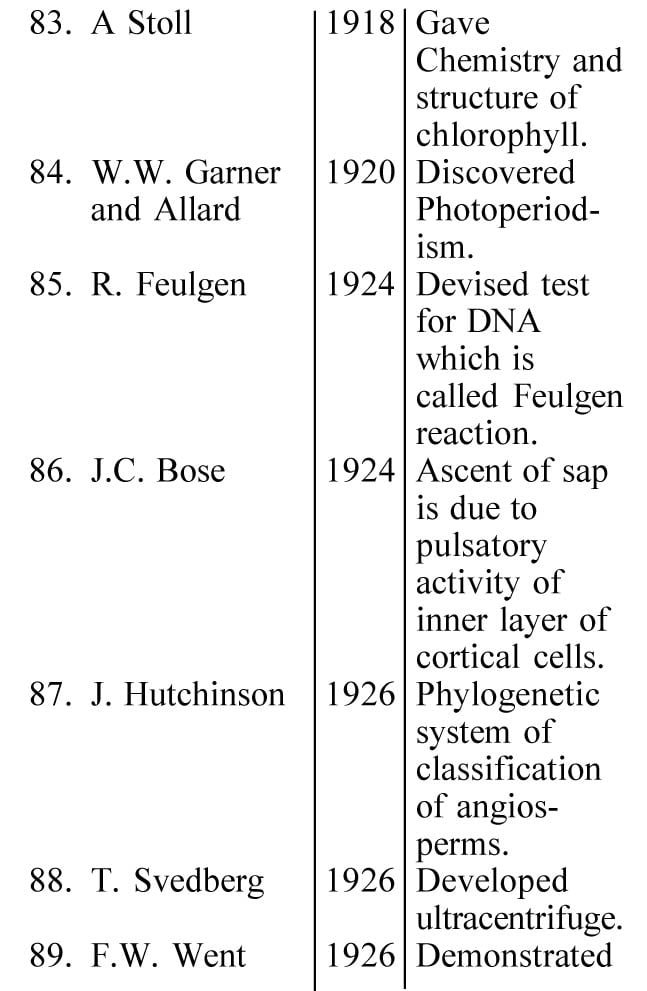
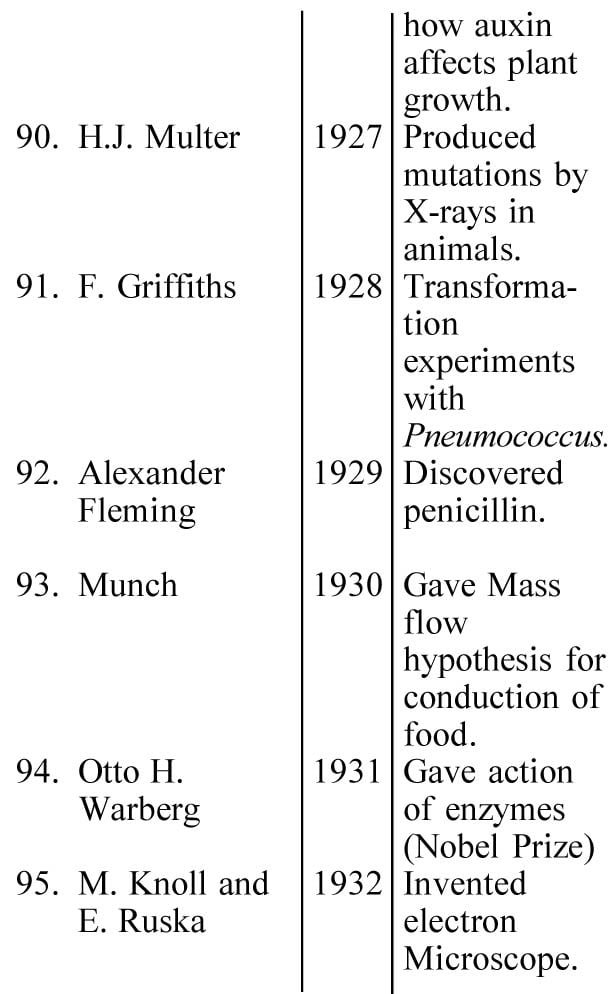
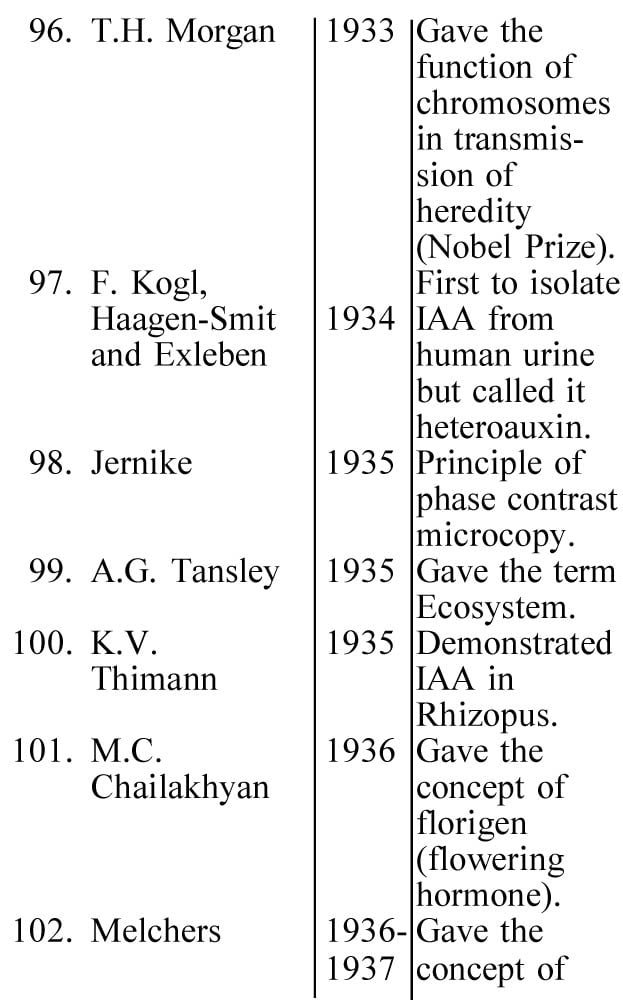
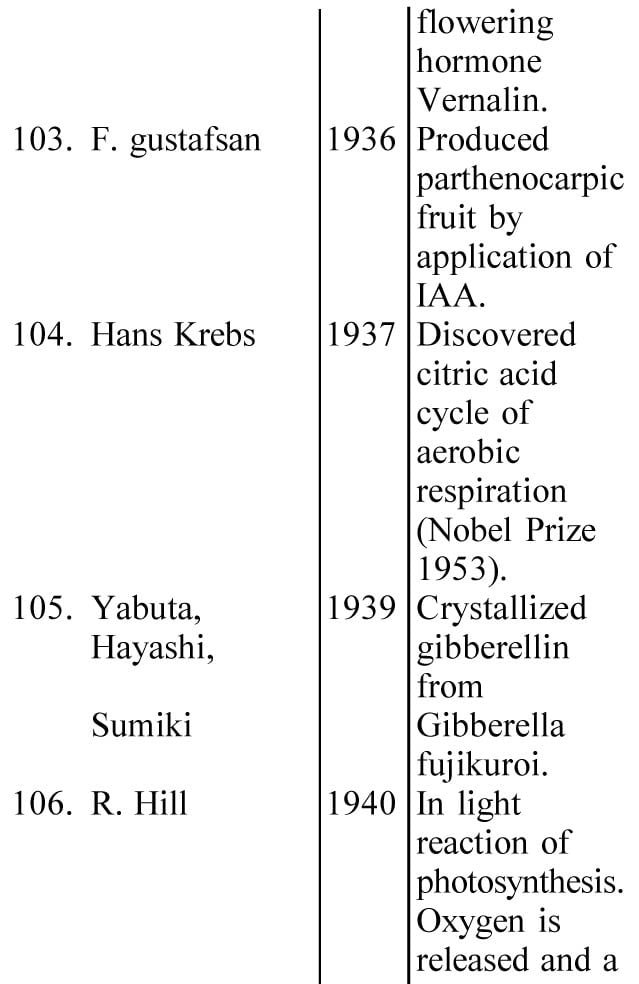
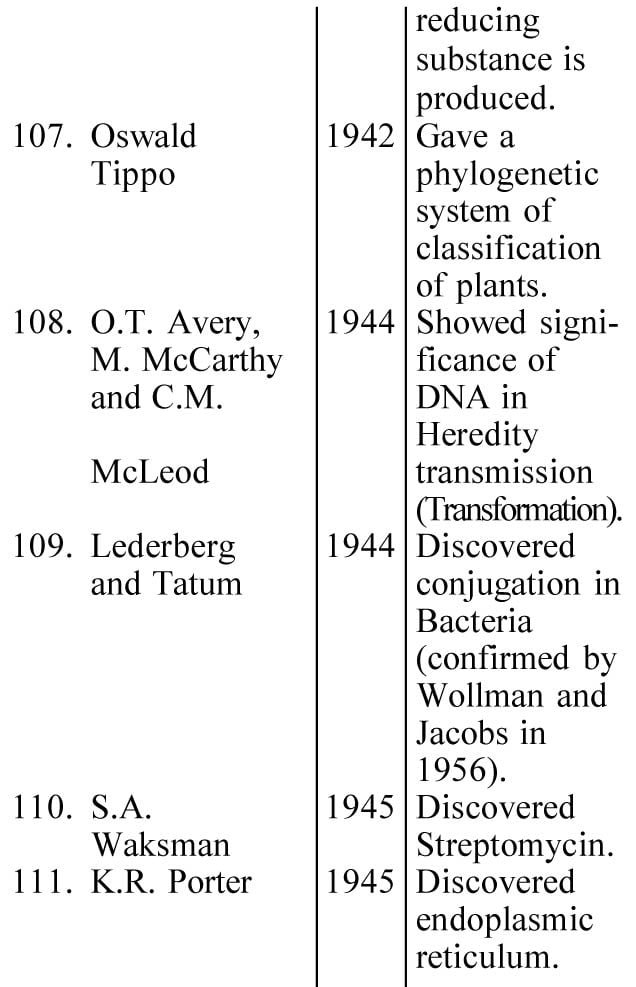
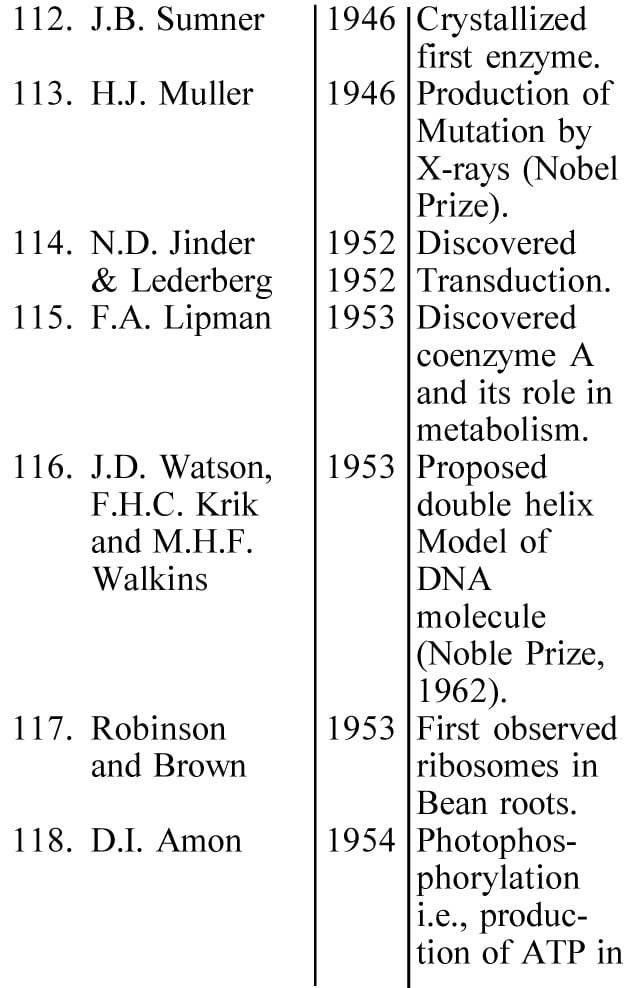
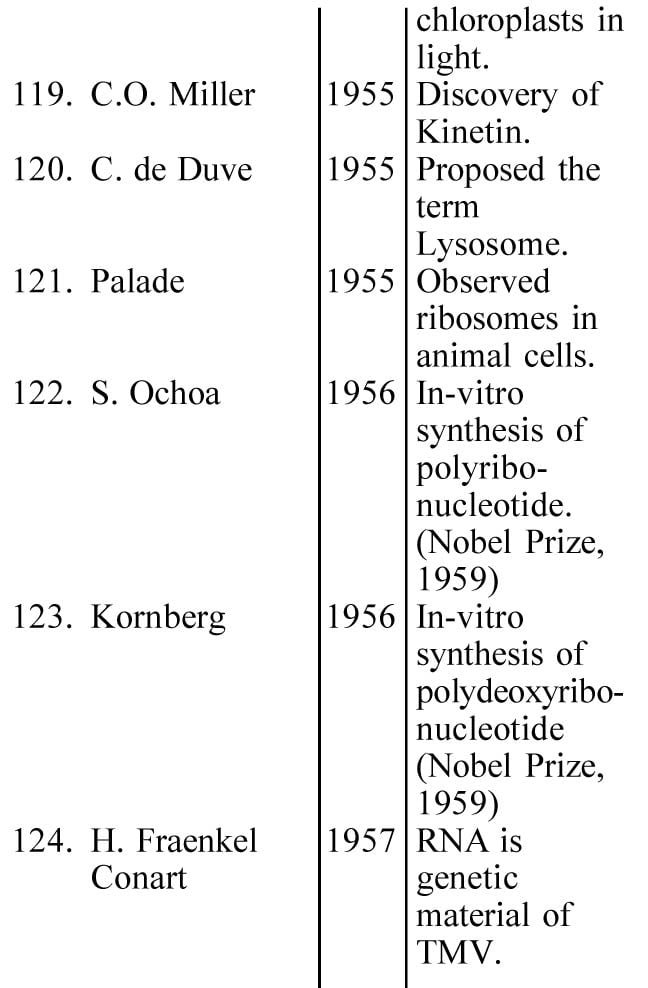

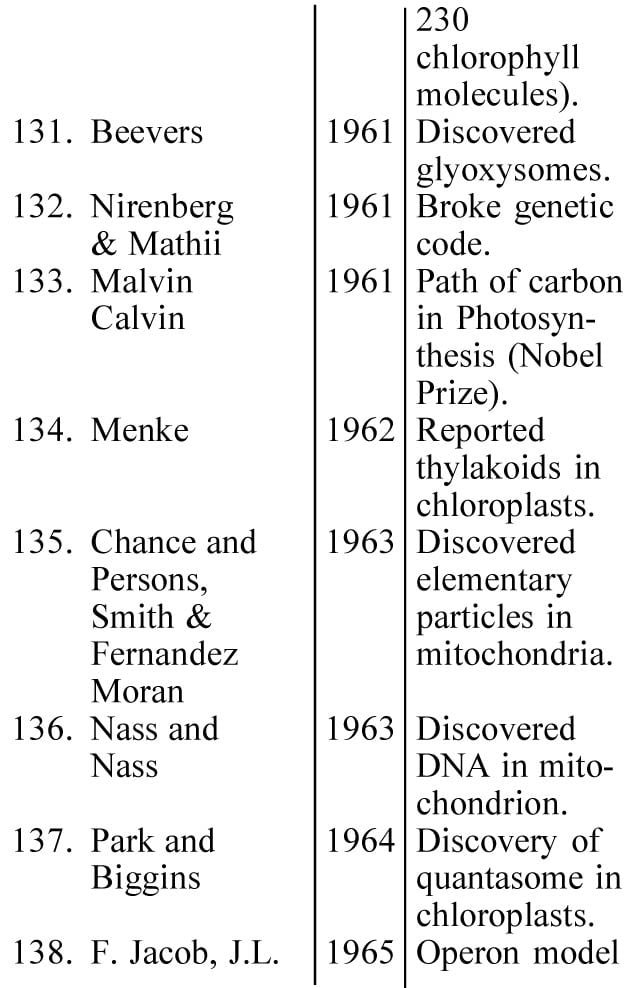
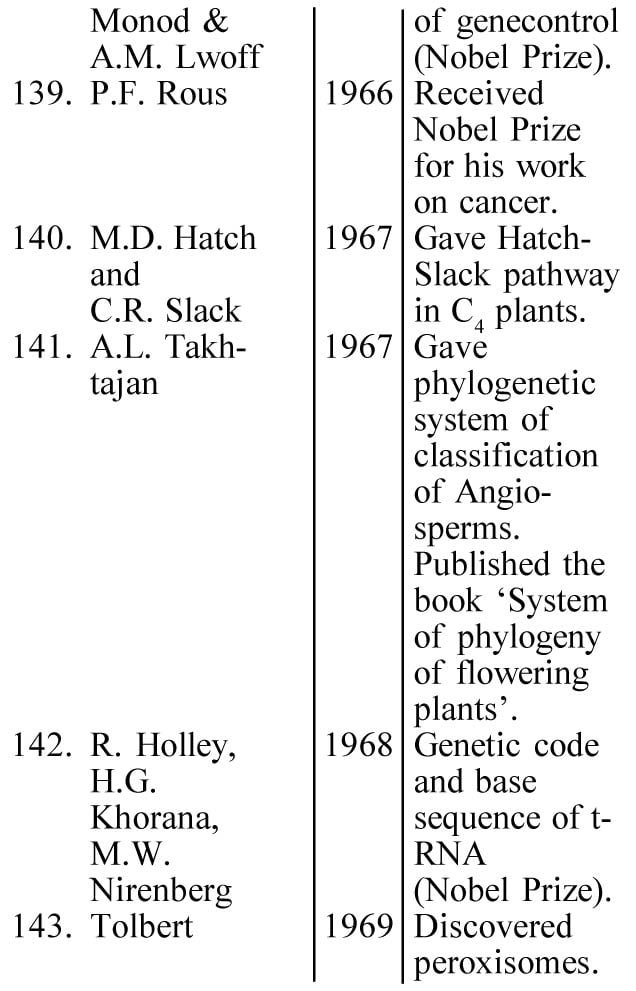
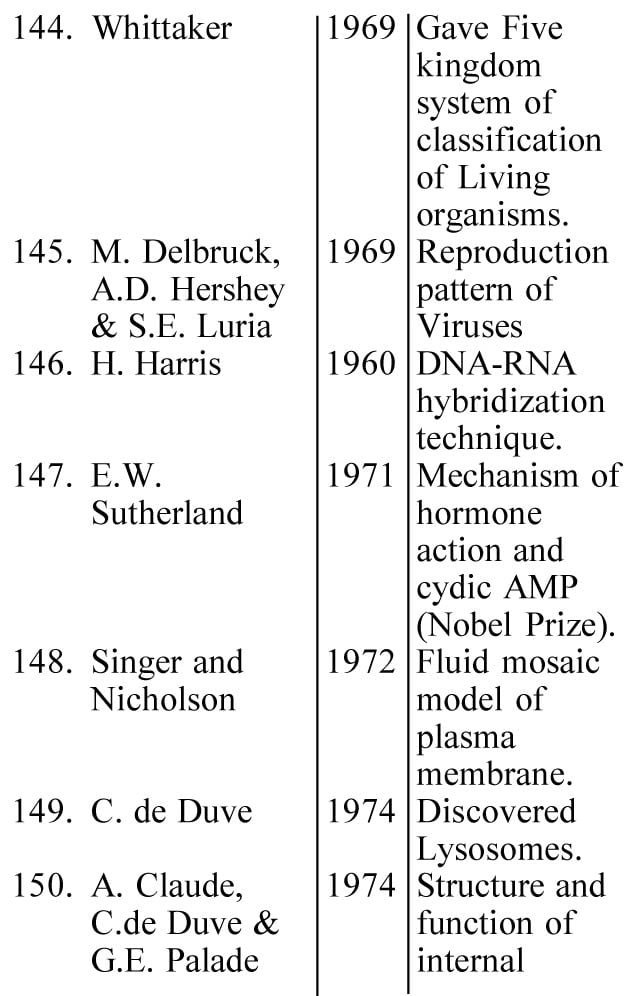
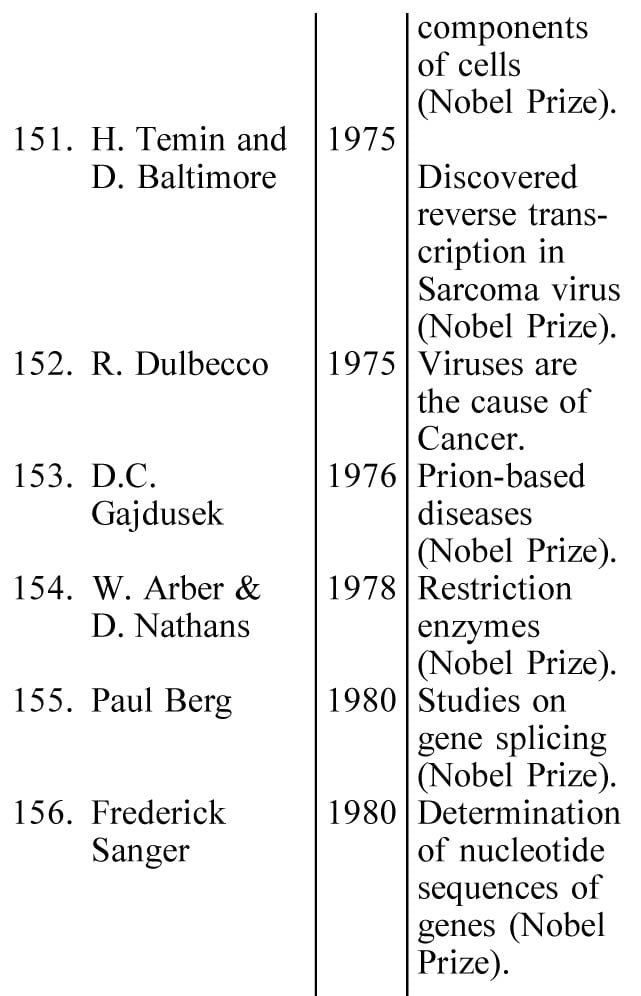
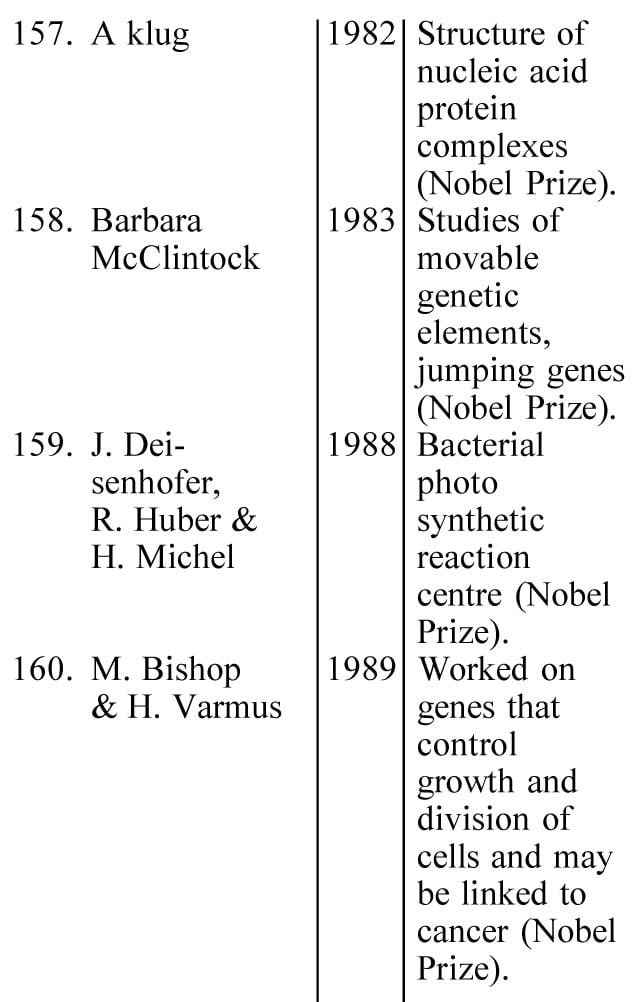
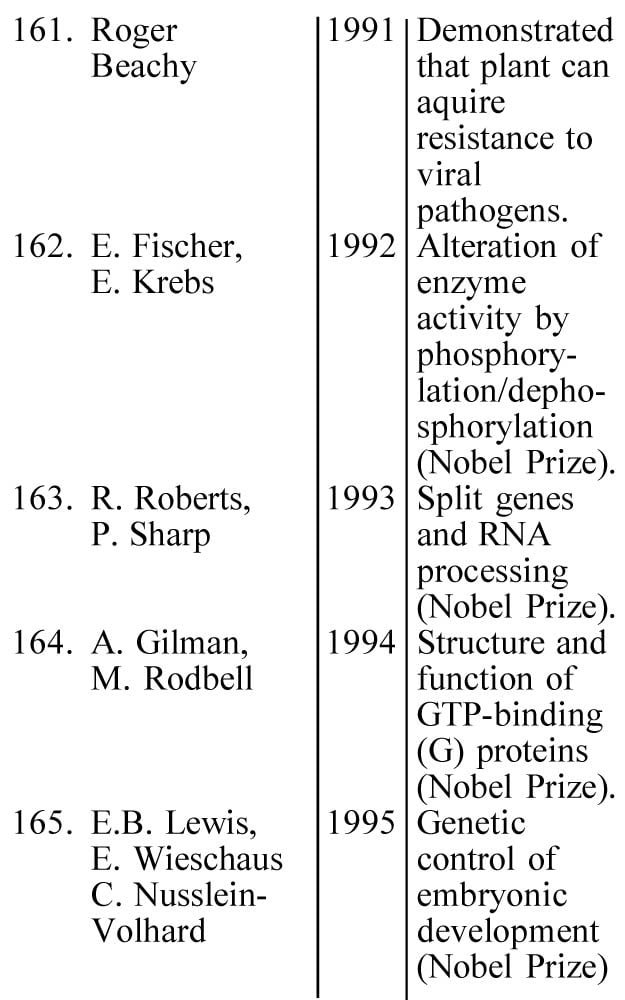

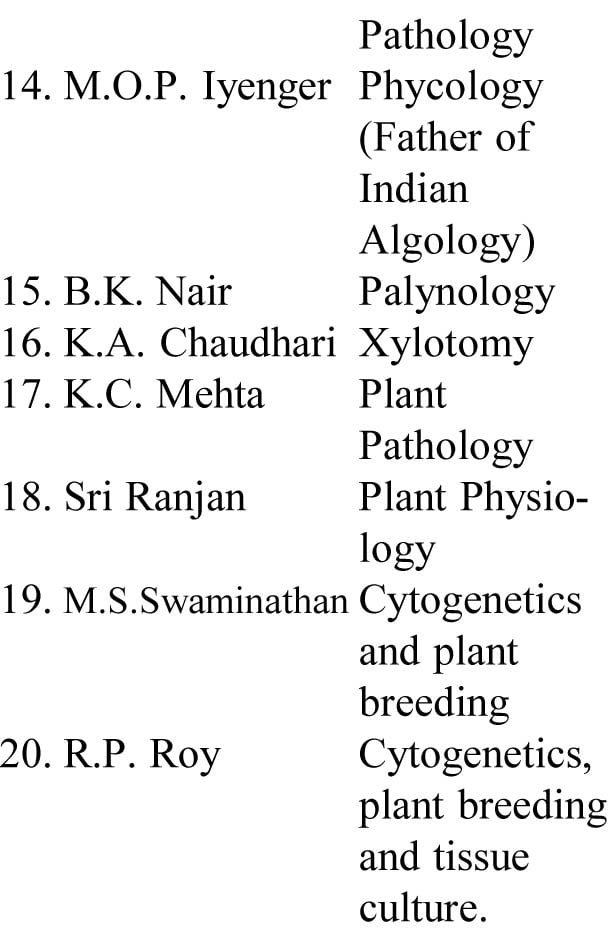

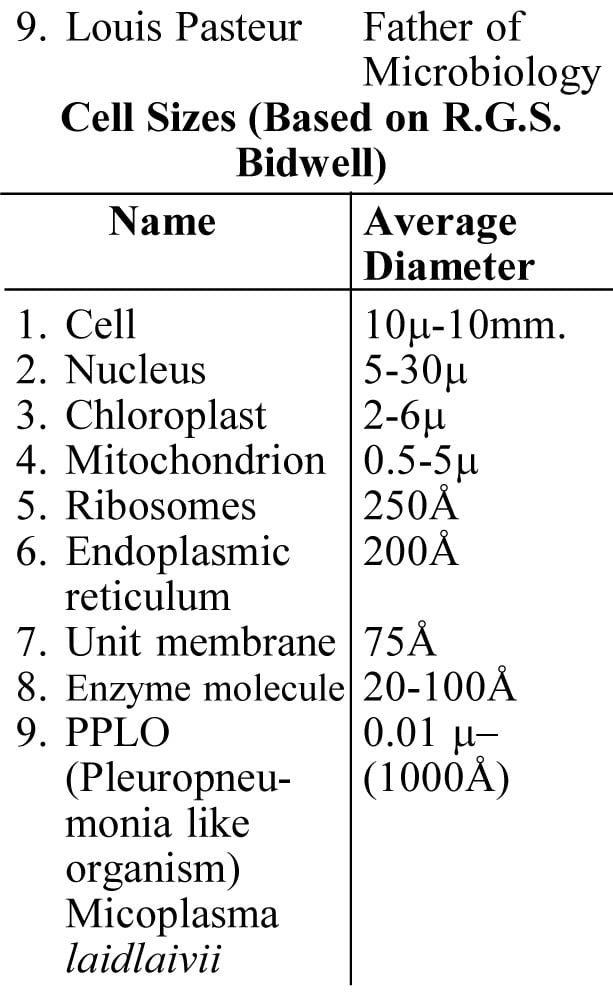

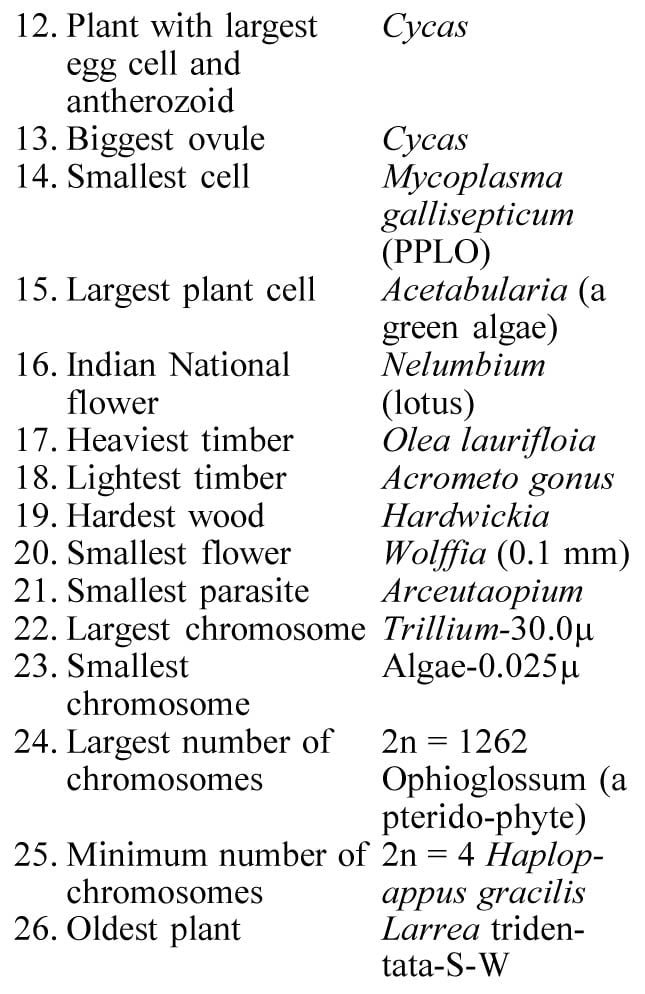

Some Important Things to know
- The lowest layer of atmosphere is where weather happens.
- Planes fly above the clouds. Here the skies are clear and the air is thin.
- Air is heavier than you think. The average roomful of air weighs more than 45 kg–as much as 20 bags of potatoes!
- The ozone layer is in the stratosphere.
- In the mesosphere, 50 to 80 km above our heads, it is freezing cold, down to – 80oC.
- The outer layer of the thermosphere is called the exosphere. It extends as far as 8,000 km. Here it is very hot, above 2,200oC.
- Dust and smoke from volcanoes or forest fires can make the Sun and Moon appear green or blue.
- Every snow flake is a unique six-sided crystal of frozen water molecules.
- Even in summer, clouds contain ice. Most of the ice melts as it falls, except during occasional summer hailstorms.
- One of the world’s wettest places is Maysinram, India, which has nearly 11,000 mm of rain a year.
- The South Pole is the driest, with only 40 mm a year. Chicago has about 840 mm and London about 600 mm.
- The biggest thunderclouds tower 16 km high, nearly twice the height of Mt Everest.
- Wheather forecasting is not easy. A small change in the air over the Arctic can cause a hurricane in the tropics!
- Wind force is measured on the Beaufort Scale, invented in 1806 by an English admiral. On this scale, calm is 0 and a hurricane is force 12.
- Warm, dry air flowing down the side of a mountain range can raise temperature suddenly.
- The oldest known plant is a clone of the creosote plant in California. It is around 11,700 years old.
- The fastest-growing plant is bamboo. It can grow at 1 metre a day.
- The Welwitschia, a desert plant of South Africa, lives for over 100 years but grows only two leaves.
- A wild fig in South Africa had roots 120 m long–the longest roots ever measured.
- The smallest plant is an Australian floating duckweed. This tiny water plant is just 0.6 mm long and 0.3 mm across.
- Some gaint water-lilies of South America have leaves measuring 1.5 m across.
- The giant saguaro cactus of the American desert reaches a height of well over 15 m.
- Plants need sunlight. But some manage to live at ocean depths where there is no sunlight.
- The maidenhair tree or Gingko of China is the earliest surviving plant species. It appeared about 160 million years ago.
- The true fruit of an apple is the core, not the juicy bit that you eat.
- The taproot is a plant’s main root, the bit that is hard to pull up when you.
- Few plants can live in the bitter Arctic cold. Two that do are the yellow poppy and Arctic willow.
- A record-breaking rose tree in Arizona, USA, is so huge it has to be held up by posts and piping. 150 people can sit beneath its blooms!
- The fruit with the greatest food value (in kilocalories) is the avocado.
- The most leaves counted on the clover is 14.
- The world’s most massive tree–the General Sherman giant sequoia in Sequoia National Park, USA–weighs 2,000 tonnes. It contains enough wood to make 5 billion matches.
- Flowering plants have been found growing at a height of 6,400 m in the Himalaya mountains.
- The largest of all the flowering plant families is the grass family.
